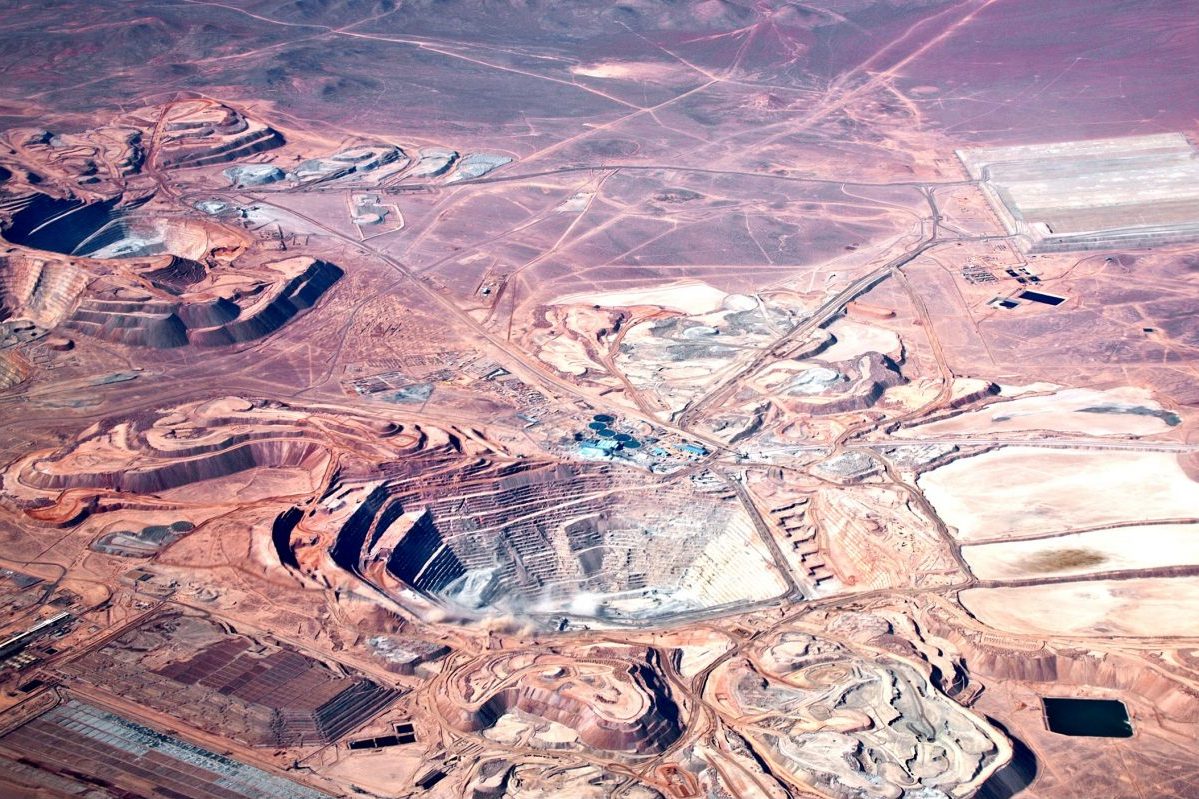New study provides insights into the impact of raw material extraction.
How much rock overburden is produced in the extraction of minerals needed to manufacture high-tech products? The technology company Apple and the US Geographical Survey (USGS) wanted to find out more. In a recently published study, data from over 1,900 international mining operations was compiled to determine the rock-to-metal ratio.
A total of 25 raw materials were considered, ranging from aluminum to gallium and the platinum group metals to zirconium. The rock-to-metal ratio of the individual materials differs very significantly: while it is 9:1 for iron, i.e. 9 tons of overburden are moved and processed for 1 ton of iron, the ratio for gold is 3,000,000:1.
The results of the study could help assess the future supply situation of these minerals and the potential environmental impact of their mining, according to a USGS news release. At the same time, the data could help companies visualize how their own recycling efforts are having a tangible impact.
The amount of rock moved annually to extract the 25 minerals is equivalent to about 7,000 pyramids of Giza, according to the USGS.
The full study can be found here.

Featured image: iStock/zhuzhu


